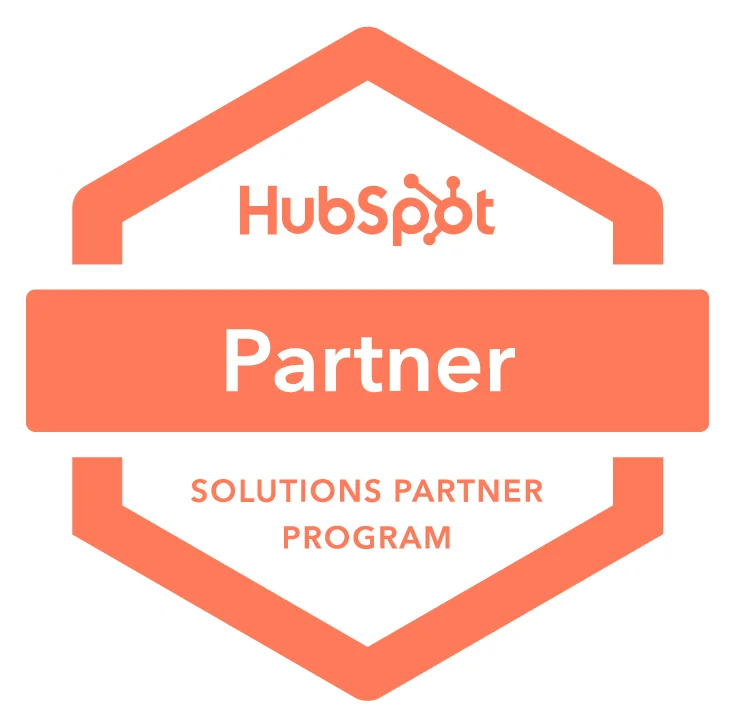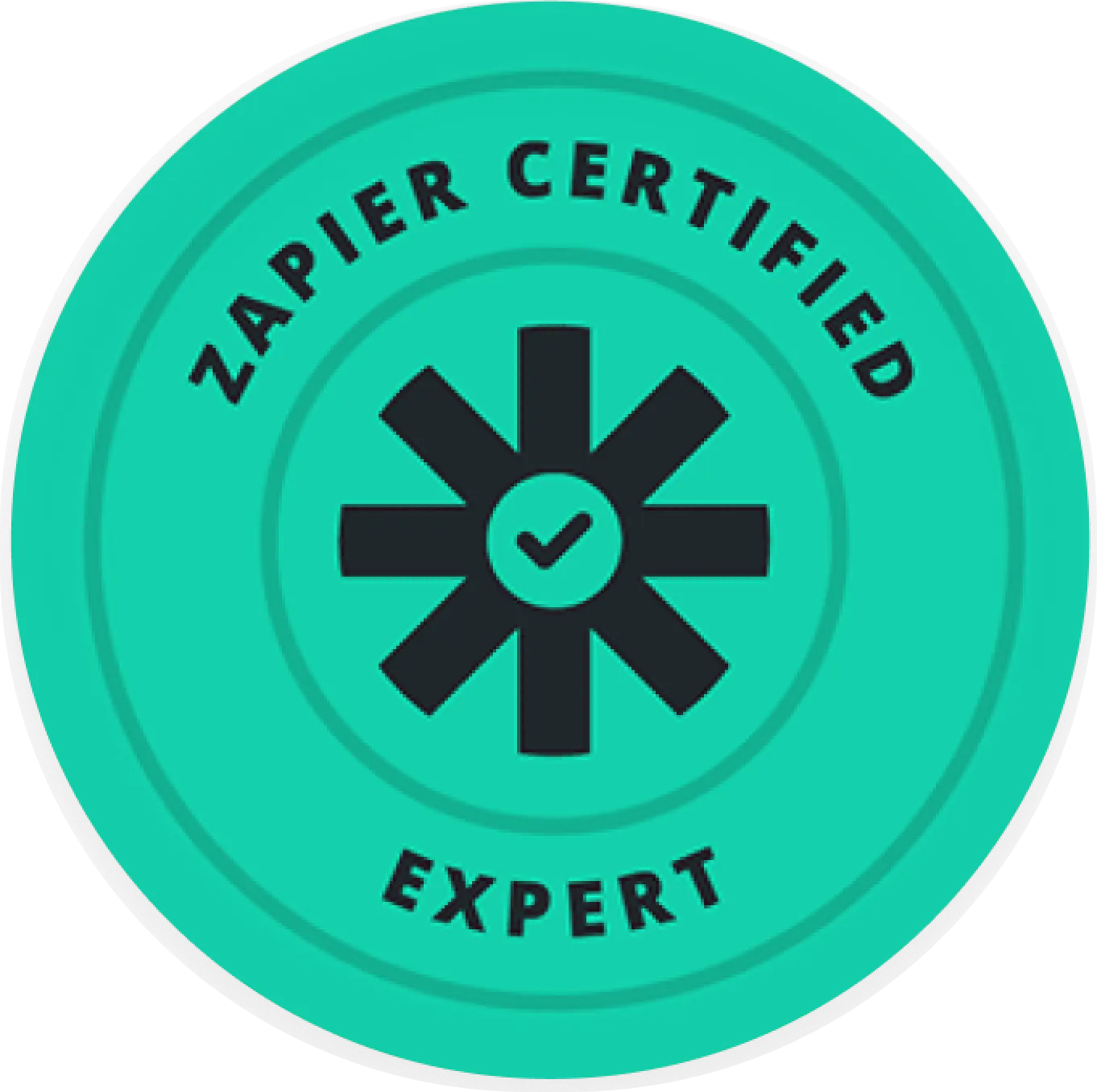Automation Examples in Modern Business
With the acquisition of Make by Celonis, the landscape of process automation and efficiency has been significantly enhanced. This strategic move bridges the gap between process mining and automation, providing powerful automation examples for businesses, especially smes examples, to follow. By integrating Make's robust automation capabilities with Celonis' analytical insights, companies now have an unparalleled opportunity to optimize their operations.
One prime automation example is in the manufacturing sector, where automations examples have led to smarter production lines and reduced downtimes. In the sphere of e-commerce, automatization examples illustrate how order processing can be expedited, from inventory management to customer delivery. Furthermore, Makeitfuture's services cater to these needs, guiding businesses through the complexities of app development and system integrations.
The Role of Automation Examples in SMEs Growth
For small and medium-sized enterprises (SMEs), the acquisition means easier access to sophisticated automation tools. The smes examples of successful automation include streamlining administrative tasks, enhancing customer service with AI chatbots, and managing supply chains with greater agility. This transition into more automated systems aids SMEs in focusing on growth while managing resources efficiently.
Integration and App Development with Automation Examples
Makeitfuture's expertise comes into play by offering integration solutions that align with the new automation capabilities provided by the Make platform. Whether it's integration agencies looking for automations examples, or businesses seeking to develop proprietary apps, Makeitfuture leverages the acquisition to provide tailored services.
Web and App Development Enhanced by Automation Examples
The synergy between Make's automation tools and Celonis' process mining creates a fertile ground for innovative web and app development. This combination sets a new standard in how automation can be utilized to create dynamic and responsive applications, offering automation examples that inspire and dictate future trends in technology.














.png)
.png)



.avif)
